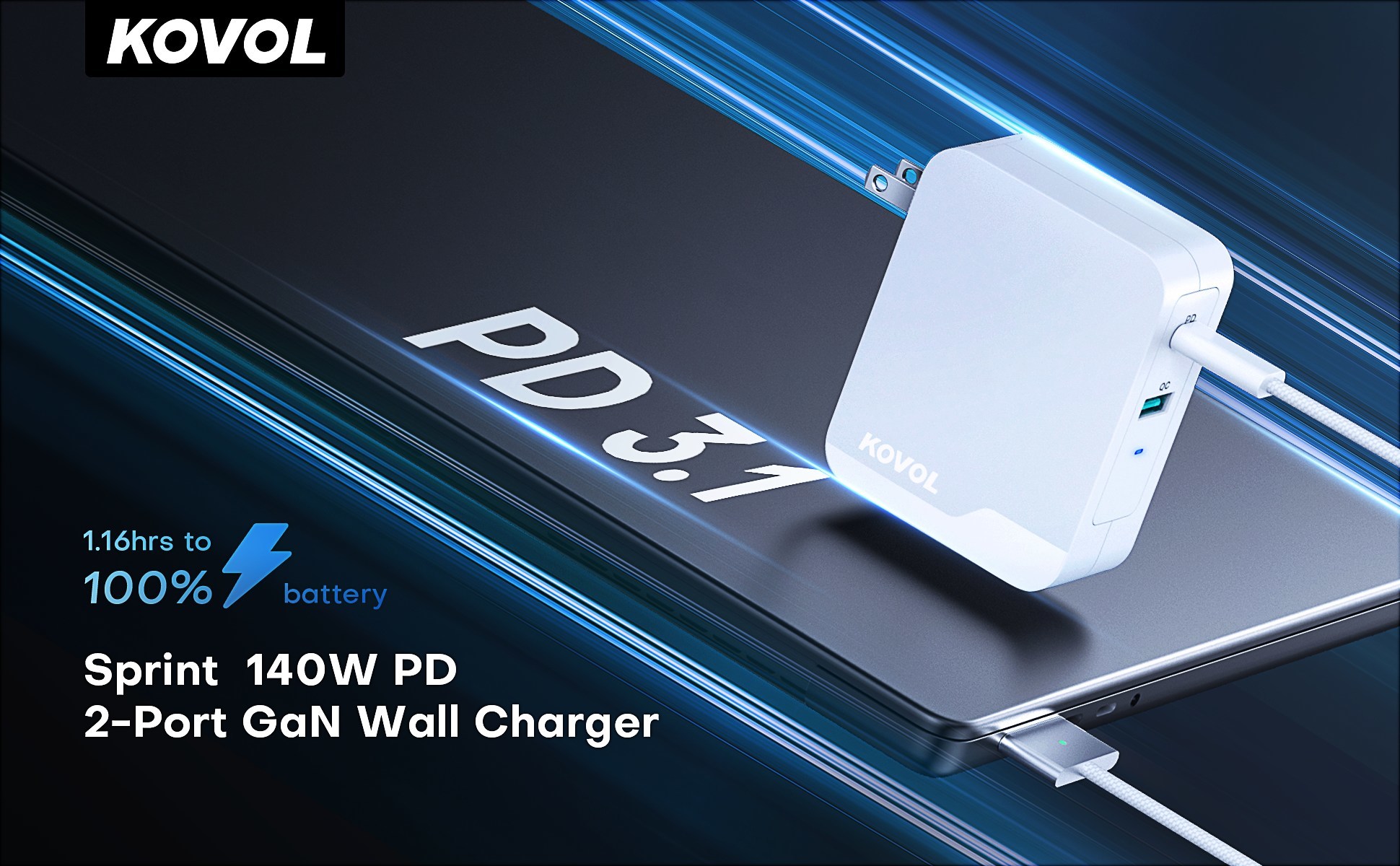What is Just-In-Time Delivery in e-Commerce?

In the last 20 years, consumers have changed the way we buy goods. E-commerce is wedging its way in between consumers and the traditional brick and mortar retailers by meeting demands faster. Retail itself has undergone significant changes in recent years, and those changes are impacting e-commerce more than any other industry sector. Technological developments have made it easier for just about anyone to become an online retailer. Sites such as Etsy, eBay, and Amazon let people set up their own store and sell goods all over the world. This new marketplace creates new challenges for inventory control as retailers struggle to adjust to unpredictable supply and demand changes.
What is Just-In-Time Delivery?
Just-In-Time delivery (JIT) is an inventory management and supply chain technique that originated in Japan in the 1970s. It’s designed to decrease waste and increase efficiency by receiving goods only when they’re needed to fulfill an order. It means keeping just enough inventory on hand to meet customer demand, no more. Drops shipping is an increasingly preferred method for order fulfillment for the up-and-coming e-commerce retailers, making JIT delivery even more appealing as a business solution. JIT offers unique solutions for the problems that retailers face, including order accuracy and balanced inventory management.
Pros of JIT Delivery
Using this inventory management technique allows companies to reduce costs by lowering overhead. They can keep smaller warehouse spaces and tighten up the ones they have. Less inventory means they can squeeze the racks, use narrow aisle equipment and reap their benefits, and employ less staff to do the work. That means no more massive spaces in a central location, staffed by hundreds of workers and paying all the bills associated with such a big warehouse. With accurate forecasting, production can make only what’s predicted will sell—no more, no less. A huge cost reduction will follow, because the company will not have to invest in core materials to make, store, and move the products.
Cons of JIT Delivery
There is more planning involved in implementing a successful JIT system; it is not easy to do. There’s little room for error and a good chance that companies will experience growing pains initially. Whether it’s delays in receiving product or machine breaks downs, any little hiccup in the process can lead to massive headaches and interruptions in service. What’s most likely to happen is you’ll run out of stock. An unexpected surge in orders will leave future orders unfulfilled while distribution waits on more product.





